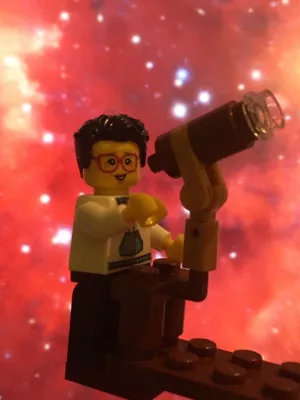
Henrik Hartman
Researcher (Leave of Absence)

Anomalous Spectral Lines in Space and Laboratory Plasmas - Studies with HST and CRYRING
Author
Summary, in English
Department/s
- Lund Observatory - Has been reorganised
Publishing year
2003
Language
English
Full text
Document type
Dissertation
Publisher
Lund Observatory, Lund University
Topic
- Astronomy, Astrophysics and Cosmology
Keywords
- magnetic resonance
- supraconductors
- magnetic and optical properties
- electrical
- Condensed matter:electronic structure
- strontium
- titanium
- CRYRING
- iron
- STIS
- metastable levels
- HST
- RR Telesopii
- Eta Carinae
- line identification
- fluorescence
- forbidden lines
- Atomic Spectroscopy
- lifetime measurements
- Astronomy
- Astronomi
- rymdvetenskap
- cosmic chemistry
- space research
- spektroskopi
- supraledare
- magnetiska och optiska)
- egenskaper (elektriska
- Kondenserade materiens egenskaper:elektronstruktur
- magnetisk resonans
- relaxation
- spectroscopy
- kosmisk kemi
- Fysicumarkivet A:2003:Hartman
Status
Published
Supervisor
- [unknown] [unknown]
ISBN/ISSN/Other
- ISBN: 91-628-5903-X
- LUNFD6/(NFAS 1027)/1-176/(2003)
Defence date
19 December 2003
Defence time
10:15
Defence place
Lundmarksalen
Opponent
- Henri-Pierre Garnir (Professor)

